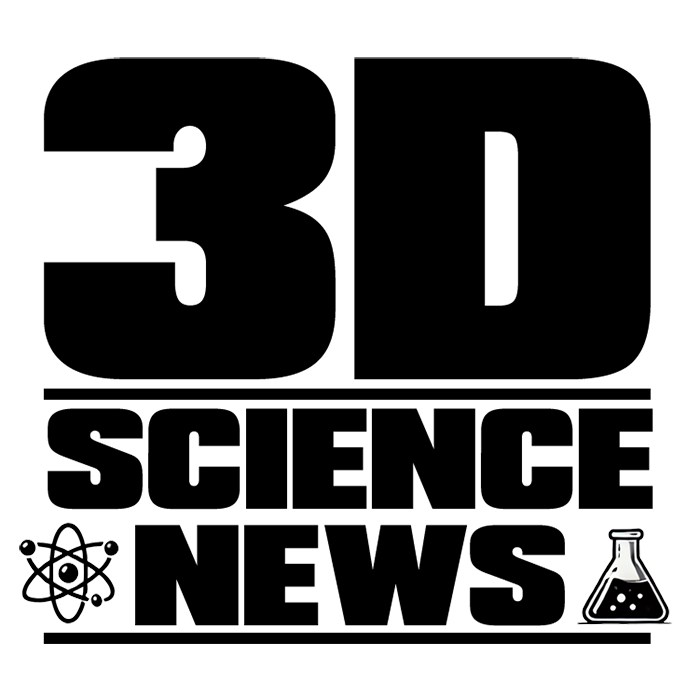A futuristic clean energy project is gearing up to invade Chile’s Atacama Desert, and astronomers are panicking. The culprit? A massive green hydrogen plant, set to sprawl across 3,000 hectares, threatening not just the pristine silence of the driest place on Earth but also some of humanity’s most powerful telescopes. The European Southern Observatory (ESO) has crunched the numbers, and the results are grim: light pollution at their flagship observatories could spike by as much as 55%, with added turbulence and vibrations thrown in for good measure.
The Very Large Telescope (VLT), an appropriately named behemoth of optical observation, will be hit with at least a 35% increase in unwanted illumination. Meanwhile, the southern array of the Cherenkov Telescope Observatory—slated to be the world’s largest ground-based facility for γ-ray astronomy—could see a 55% spike. For context, even a minor increase in background light can disrupt delicate measurements of distant galaxies, faint supernovae, and other cosmic enigmas. ESO astronomer Itziar de Gregorio-Monsalvo didn’t mince words: this could be “devastating, irreversible” damage.
The Atacama Desert is no ordinary patch of sand. It’s Earth’s closest approximation to an alien world, with virtually no moisture, crystal-clear skies, and a darkness unmatched anywhere else on the planet. A 2023 study ranked the Paranal Observatory—the VLT’s home—as having the darkest skies of all major observatories, followed closely by nearby Armazones, where the Extremely Large Telescope (ELT) is rising. If VLT sounds big, ELT is downright obscene in scale. It’s set to be the largest visible and infrared telescope ever built, capable of peering deeper into the universe than anything before it.
AES Andes, the company behind the hydrogen project, insists everything is fine. Their analysis conveniently finds no “significant impact” on the observatories, and they promise to use “the best technologies and the strictest standards.” Of course, that’s corporate-speak for “we’ll get back to you once the damage is done.” For now, they’re still “gathering data” to figure out why ESO’s findings differ so much from theirs.
It’s a collision of two noble causes: sustainable energy and scientific discovery. Both fight against humanity’s worst instincts—climate destruction on one hand, ignorance of the cosmos on the other. The problem? The Atacama’s world-class observatories aren’t just cool toys for astronomers. They’re our best shot at answering fundamental questions about dark matter, exoplanets, and the origins of the universe.
Astronomers have fought this battle before. Light pollution has already smothered observatories in less fortunate locations, forcing researchers to flee to ever more remote regions. But the Atacama was supposed to be safe. A last bastion of darkness. If even this sanctuary is swallowed by human progress, where do we look next?
Did You Know?
- The Atacama Desert is so dry that some parts haven’t seen rain in over 500 years. If aliens were hiding on Earth, this is where they’d go for privacy.
- The ELT’s primary mirror will be 39 meters across—so large that it’s actually made of 798 smaller hexagonal segments, like a giant cosmic honeycomb.
- The VLT uses lasers to create artificial guide stars in the sky, adjusting for atmospheric distortion. Basically, it fights Earth’s atmosphere with its own personal Death Star beam.





